Nearly three years into the conflict with Ukraine (since February 2022), the Russian military has suffered losses and is forced to focus resources on rebuilding its frontline forces .
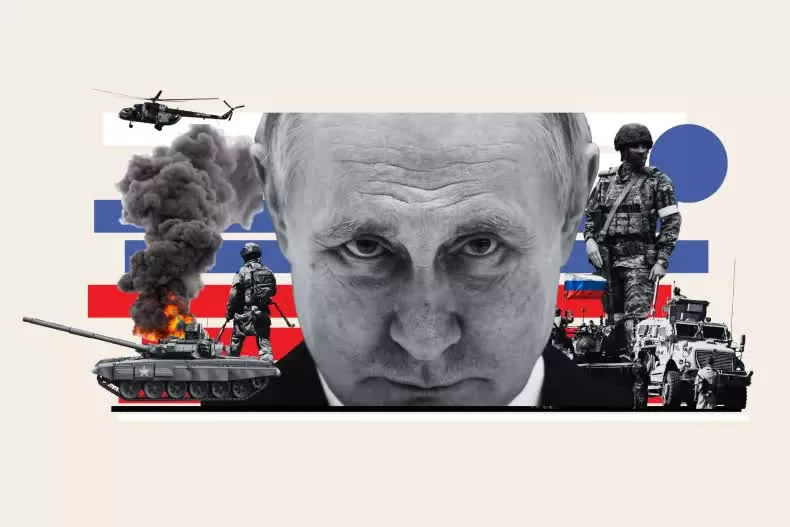 |
| The Russian military has changed significantly since the start of the conflict with Ukraine nearly three years ago. (Source: Getty Images) |
The conflict in Ukraine has taken a heavy toll on Russia’s ground forces throughout 2024. According to Ukrainian figures, more than 780,000 Russian soldiers have been killed or wounded since February 2022.
Western estimates are slightly lower, but agree with Kiev's assessment that Moscow's losses peaked in the fall of 2024 and lasted until winter.
In early December, the Ukrainian government said Russia had lost $3 billion in weapons and military equipment in November alone.
However, Russian naval fleets deployed elsewhere in the world have been largely unscathed, although Ukraine has occasionally targeted them in the Baltic and Caspian Seas.
Earlier in April, General Christopher Cavoli, Supreme Allied Commander Europe, said Moscow had lost only about a tenth of its air force in Ukraine and that the Russian military had “lost no capabilities at all” in a number of areas, including strategic forces, space capabilities and long-range aviation.
Hoping to make up for the significant losses, Moscow has been ramping up its military industry. And the conflict has also been a test of new technologies, with Russia spending about 40 percent of its government spending on its armed forces.
Missile
In the early weeks of the conflict, Russia said it used the Kinzhal missile for the first time in an attack on an arms depot in western Ukraine.
The Kinzhal, also known as the “Dagger,” is a hypersonic ballistic missile that has been widely used against Ukraine since then. It is one of the next-generation weapons unveiled by Russian President Vladimir Putin in 2018 and is typically launched from modified MiG-31 fighter jets.
In early 2024, researchers in Kiev said Moscow had deployed another “next-generation” missile in Ukraine called the Tsirkon. A Russian official said in mid-2022 that Moscow had completed testing of the hypersonic Tsirkon, also known as the Zircon.
In November, Russia fired a new hypersonic intermediate-range ballistic missile at a Ukrainian defense facility in the central Dnipro region. Kiev initially reported the attack as an intercontinental ballistic missile.
Moscow says the Oreshnik, which means “hazelnut,” can travel at 10 times the speed of sound (Mach 10). In mid-December, Mr Putin said Russia would begin mass production of the Oreshnik missile to “protect the security of Russia and its allies”.
In addition, Russia is said to have begun using ballistic missiles supplied by allies, such as Iran and North Korea.
In late December, the Russian military announced that a new regiment would operate the S-500 air defense system, which has been under development for years as an upgrade to the S-400 already in service. Meanwhile, Ukrainian military intelligence said in June that Moscow had moved some parts of the experimental system to Crimea.
Tanks and armored vehicles
Russia has lost a large number of tanks and armored vehicles in the first few months of its military campaign in Ukraine. The British think tank International Institute for Strategic Studies (IISS) said in February 2024 that Moscow had lost more than 3,000 tanks in Ukraine, a figure that exceeded the number of tanks Russia had at its disposal during the military campaign.
Moscow has been forced to rely heavily on tanks and armored vehicles from its vast Soviet-era stockpile. At a meeting with Putin in November, Karen Shakhnazarov, general director of Mosfilm (Russia’s largest film studio), said the studio had sent nearly 28 T-55 medium tanks, eight PT-76 amphibious tanks, along with a number of infantry fighting vehicles and trucks to support the troops.
Along with that, Russia announced a sharp increase in production of new armored vehicles and tanks.
The conflict also saw the debut of the T-14 Armata tank, hailed as a “breakthrough” and once called “the most revolutionary tank in a decade” by a senior British military official. However, TASS reported in August 2023 that the T-14 would continue to undergo modifications after its combat deployment in Ukraine.
Drone
Russia and Ukraine have made great strides in unmanned aerial vehicle (UAV) technology since February 2022. Both sides are closely watched by the international community, which is aware of how drone technology has reshaped the conflict.
Moscow uses a variety of UAVs that are regularly updated and modified. These UAVs have been deployed in a variety of Russian military operations, from reconnaissance to attacks on Ukrainian positions.
Russia is believed to have used a number of Iranian-designed Shahed UAVs. The Shahed UAVs produce a distinctive low buzzing sound and are relatively easy to shoot down when detected. Moscow has upgraded the Shahed design several times, including painting it black for night-time attacks.
Samuel Bendett, an expert at the US-based Center for Naval Analyses (CNA), noted that Moscow and Kiev are moving towards commercial UAVs, although Russia still uses military-grade UAVs such as the Orlan and Lancet.
The general trend on both sides in the conflict has been to move away from expensive stand-alone UAVs in favor of large numbers of cheap UAVs that can be “rapidly assembled, rapidly deployed, and rapidly lost,” Bendett said.
The expert noted that Russian and Ukrainian forces are also increasingly using fiber-optic-guided UAVs to overcome heavy electronic warfare.
Moscow is continuing to race for unmanned technology for various military equipment, announcing that it will establish a special UAV task force in the army by the third quarter of 2025.
Jet plane
Russia has a huge arsenal of aircraft, from the latest stealth jets to aging helicopters. According to Ukrainian figures, Russia has lost some 369 planes and 329 helicopters in the conflict (the figures have not been independently verified).
Ukraine's military intelligence service (GUR) said in June 2024 that it had attacked one of Russia's vaunted Su-57 stealth jets, also known by the nickname "Felon", describing it as "the first case in history".
Unlike other jets widely used in Ukraine, such as Russia's Su-35, the Su-57 fighter does not play a major role in Moscow's air presence in the conflict with Kiev.
Tactics and strategy
Russian military tactics and strategy evolved at different points in the conflict, but experts generally assess that Moscow relied on infantry-led attacks, using large numbers of troops to overwhelm individual Ukrainian defenses.
"Russia started the conflict with many of the same things as the Soviet Union... from tactics to weapons," said Andrii Ziuz, former CEO of the National Security and Defense Council of Ukraine and now CTO at UK-based company Prevail.
“But they (the Russian military) are learning very quickly, by changing tactics and achieving success in radio-electronic warfare and drones,” said Andrii Ziuz.
The Russian military has undergone a transformation following the losses and the Kremlin has launched recruitment campaigns. Russia has restructured its military to support the short-term military campaign in Ukraine, as well as implementing long-term reforms aimed more at the North Atlantic Treaty Organization (NATO).
Source: https://baoquocte.vn/nam-moi-2025-kiem-ke-su-thay-doi-trong-quan-doi-nga-sau-3-nam-xung-dot-voi-ukraine-299187.html


![[Photo] President Luong Cuong presents the 40-year Party membership badge to Chief of the Office of the President Le Khanh Hai](https://vphoto.vietnam.vn/thumb/1200x675/vietnam/resource/IMAGE/2025/5/19/a22bc55dd7bf4a2ab7e3958d32282c15)
![[Photo] Close-up of Tang Long Bridge, Thu Duc City after repairing rutting](https://vphoto.vietnam.vn/thumb/1200x675/vietnam/resource/IMAGE/2025/5/19/086736d9d11f43198f5bd8d78df9bd41)
![[Photo] Panorama of the Opening Ceremony of the 43rd Nhan Dan Newspaper National Table Tennis Championship](https://vphoto.vietnam.vn/thumb/1200x675/vietnam/resource/IMAGE/2025/5/19/5e22950340b941309280448198bcf1d9)

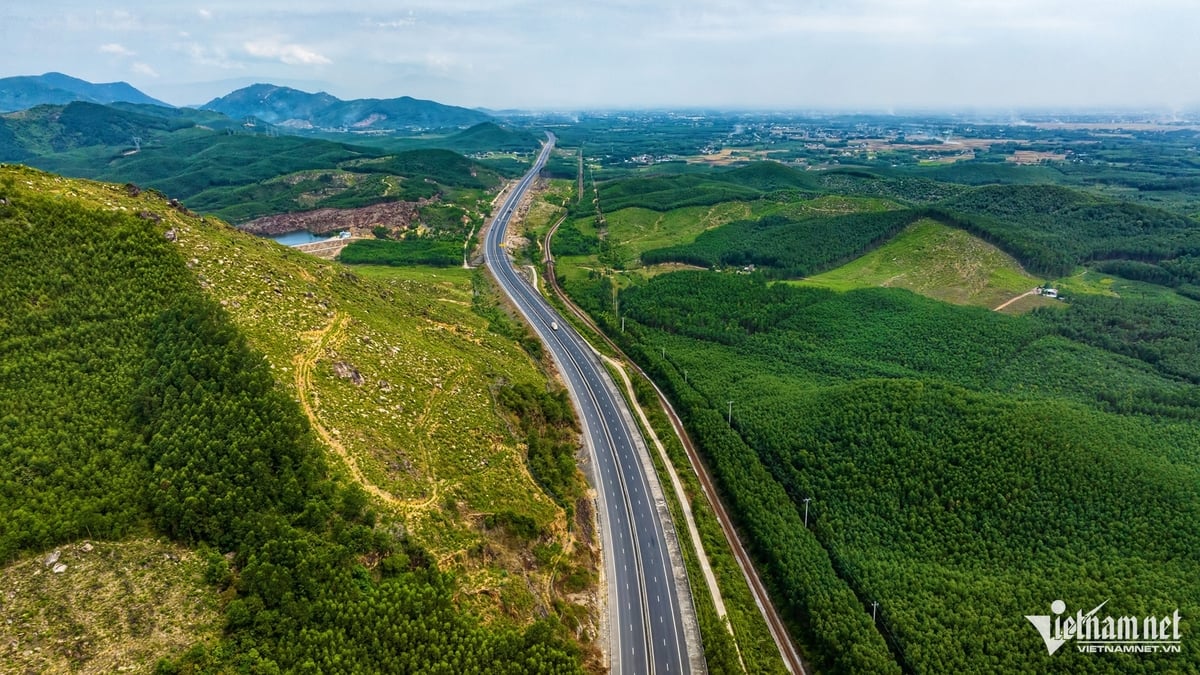
![[Photo] General Secretary To Lam attends the conference to review 10 years of implementing Directive No. 05 of the Politburo and evaluate the results of implementing Regulation No. 09 of the Central Public Security Party Committee.](https://vphoto.vietnam.vn/thumb/1200x675/vietnam/resource/IMAGE/2025/5/19/2f44458c655a4403acd7929dbbfa5039)


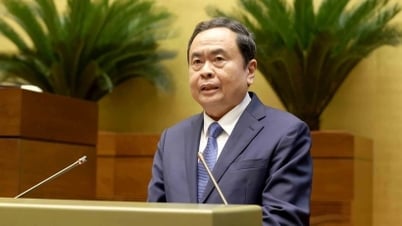
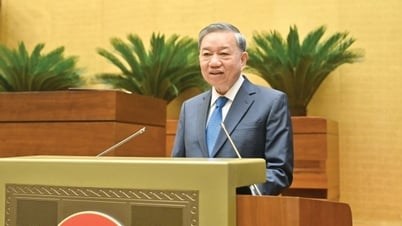
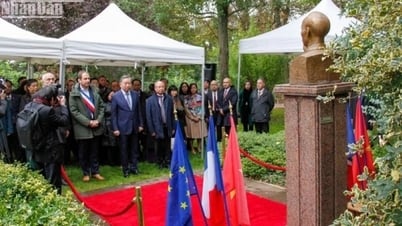






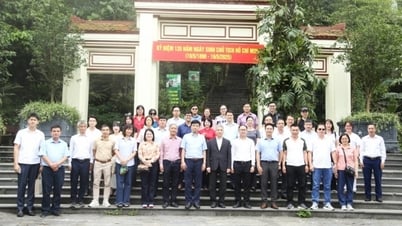

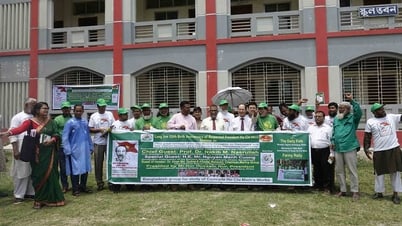





































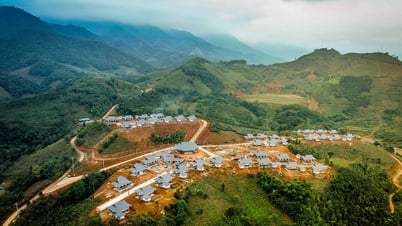





























![[VIDEO] - Enhancing the value of Quang Nam OCOP products through trade connections](https://vphoto.vietnam.vn/thumb/402x226/vietnam/resource/IMAGE/2025/5/17/5be5b5fff1f14914986fad159097a677)



Comment (0)